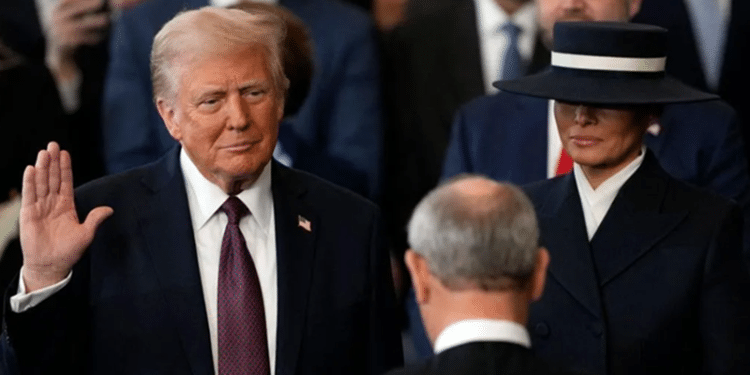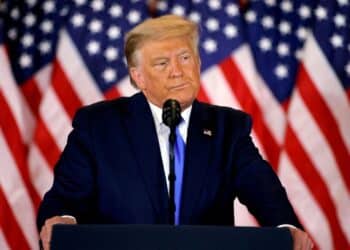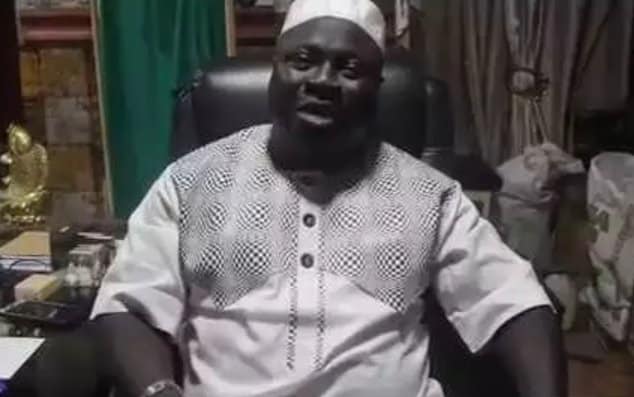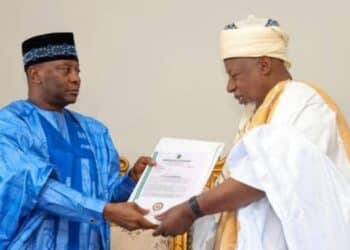Donald Trump has only just been sworn in as the 47th president, but his second term’s global impact is already being felt.
From Jerusalem to Kyiv to London to Ottawa, Trump’s election victory and the anticipation of a new Trump agenda have changed world leaders’ calculations, with some far-reaching consequences.
In the lead-up to the handover of power in Washington, our correspondents dissected these changes in the regions where they were.
Middle East: Ceasefire deal in Gaza
Donald Trump has impacted the Middle East even before he sits in the Oval Office to start his second presidential term.
He successfully circumvented the delaying tactics employed by Israel’s Prime Minister Benjamin Netanyahu and his ultra-nationalist coalition partners to avoid accepting the ceasefire deal that Trump’s predecessor, Joe Biden, had presented for negotiation last May.
American pressure on Hamas and other Palestinian groups is a given. Biden never applied pressure on Israel. Trump begins his second term claiming credit, with reasonable justification, for successfully negotiating the ceasefire deal in Gaza. He can bask in some glory.
UK – a secret ‘mini cabinet’
Trump and his team are different this time around, more prepared, and perhaps with a more aggressive agenda, but his delight in keeping the world guessing seems undimmed. It’s this uncertainty accompanying Trump that the British political establishment in Whitehall and Westminster finds so shocking.
How can the UK prepare for what it can’t yet know?
A small group of senior ministers has been trying.
According to one source, there have been a series of secret “mini-cabinet” meetings, with Prime Minister Sir Keir Starmer, Chancellor Rachel Reeves, Foreign Secretary David Lammy, and Business Secretary Jonathan Reynolds “trying to plan for what might come.”
One insider tells me there hasn’t been too much preparation for multiple specific scenarios because “you’d drive yourself crazy” trying to guess Trump’s next steps. However, another source says various papers have been prepared for the wider Cabinet.
I’m told the focus has been “looking for opportunities” rather than panicking about whether Trump might follow through on some of his more outlandish statements, such as annexing Canada.
Ukraine: Pressure for a deal
The return of Trump to the White House means new realities for Ukraine. The latest US president wants a peace deal, not a soaring bill for US military support.
That much is clear. How he intends to get there is not.
His new Russia-Ukraine envoy, Keith Kellogg, has revised his original boast that he could end the war in a day. Lieutenant-General Kellogg (retired) has said he would like “a solution” within 100 days.
If Trump manages to persuade both parties to engage in negotiations, Ukraine will not approach the table from a dominant position. Moscow currently controls one-fifth of Ukraine’s territory, including the Crimean Peninsula, which was annexed in 2014.
Many here fear President Trump will push for a settlement on Russia’s terms.
President Zelensky has indicated he is ready to make some compromises. Three years into Russia’s invasion, he has little choice.
However, President Putin, who is winning on the battlefield, albeit slowly and with massive losses, may not want to stop now.
Canada: Threat of tariffs adds to turmoil
The political instability in Ottawa comes as Canada faces several challenges—not least the vow by Trump to impose 25% tariffs on Canadian goods.
Until recently, Justin Trudeau seemed determined to remain prime minister, citing his desire to face Pierre Poilievre—his ideological opposite—in the polls.
However, Trudeau’s key deputy, former Finance Minister Chrystia Freeland, shockingly resigned in mid-December, citing his perceived failure to take Trump’s threats seriously.
Members of Trudeau’s own party began to make it publicly clear they no longer supported his leadership.
And with that, the last domino fell. Trudeau announced his resignation as PM earlier this month.
China: Investors eye trade war
Beijing announced on Friday that China’s economy rebounded in the last three months of last year, allowing the government to meet its growth target of 5% in 2024.
However, it is one of the slowest growth rates in decades as the world’s second-largest economy struggles to overcome a protracted property crisis, high local government debt, and youth unemployment.
The head of the country’s statistics bureau said China’s economic achievements in 2024 were “hard won,” after the government launched several stimulus measures late last year.
Beijing has rarely missed its growth targets in the past.
Experts had broadly predicted this rate of growth. The World Bank said lower borrowing costs and rising exports would mean China could achieve annual growth of 4.9%.
Investors, however, are bracing themselves: The threat of tariffs by President-elect Donald Trump on $500 billion (£409 billion) worth of Chinese goods is a significant concern.
Yet that is not all that stands in the way of China achieving its growth targets next year.












